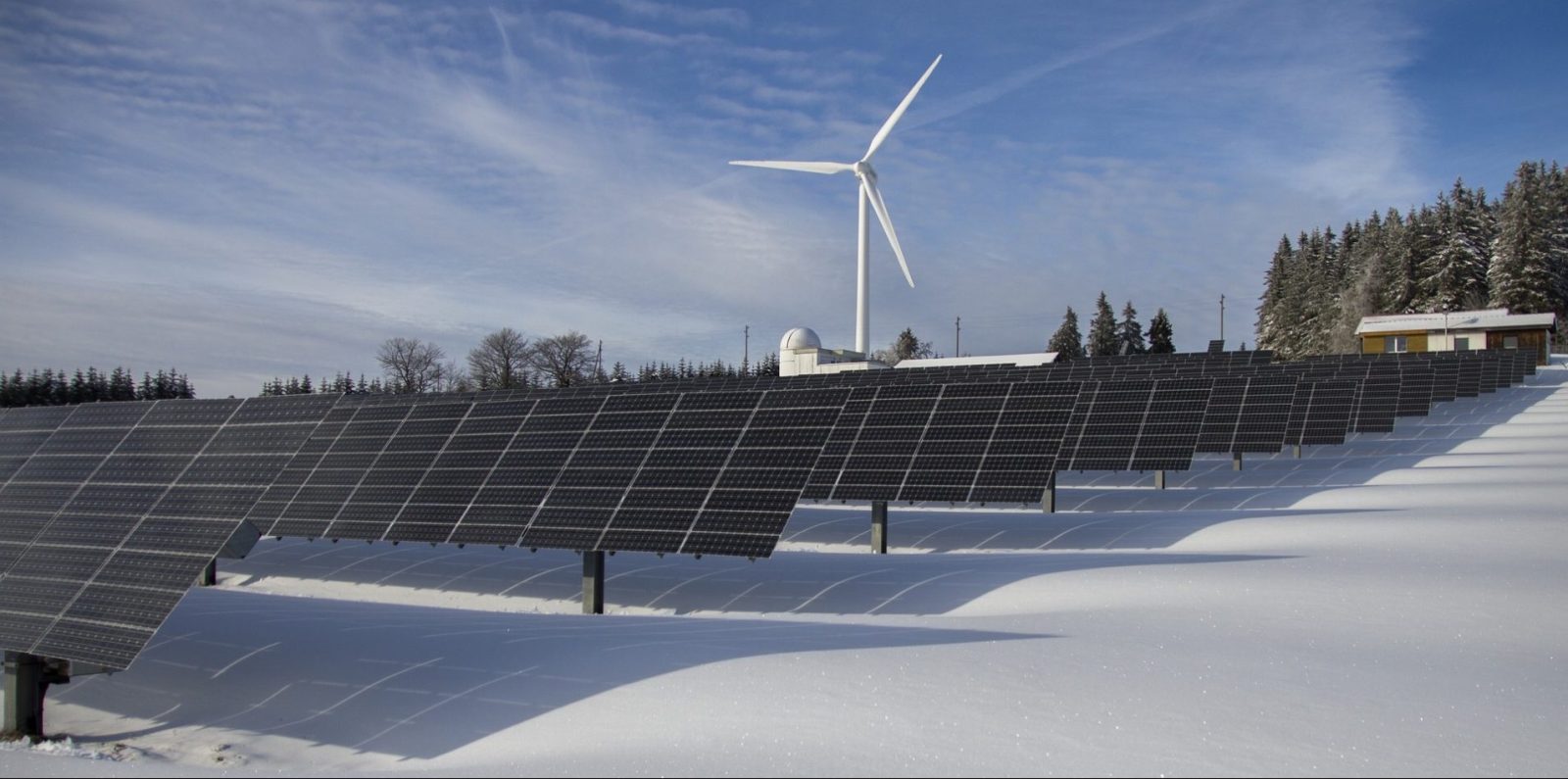
In today’s Electrek Green Energy Brief (EGEB):
- …except for in China, which saw a growth in coal – and emissions still rose.
- Londoners can now choose electric vehicles when they use Uber Green from today.
- UnderstandSolar is a free service that links you to top-rated solar installers in your region for personalized solar estimates. Tesla now offers price matching, so it’s important to shop for the best quotes. Click here to learn more and get your quotes. — *ad.
Wind and solar vs. coal
Power from new wind and solar farms in 2020 (+315 TWh) helped force a record fall in global coal power (-346 TWh). But that happened because the pandemic slowed the world’s rising demand for electricity, according to a new report from London-based energy and climate research group Ember.
According to Ember:
Wind and solar now supply almost a tenth of global electricity, mirrored across many G20 countries, including India (9%), China (9.5%), Japan (10%), Brazil (11%), the US (12%), and Turkey (12%). Europe is leading the way, with Germany at 33% and the United Kingdom at 29%, giving confidence in how wind and solar can be quickly built and integrated into the electricity system.
The growth in wind and solar helped push coal power to a record fall of 4% (-346 TWh). However, models from the International Energy Agency show that coal power must fall by 14% every year to keep the world on track for 2050 net-zero emissions. As electricity demand growth picks up again, wind and solar will need to significantly accelerate to ensure that coal continues to fall.

In 2020, China was the only country that increased coal generation because electricity demand increased sharply. Despite that, the country has declared that it will reach net zero by 2060.
China has successfully increased access to electricity; per capita demand is now above the United Kingdom and Italy. Over half of the increase in demand since 2015 was met by clean sources, but 39% was met with coal.
The four largest coal-generating countries after China all saw coal power decline in 2020: India (-5%), the United States (-20%), Japan (-1%), and South Korea (-13%). In 2020, China was responsible for more than half (53%) of the world’s coal-fired electricity.
And emissions were still around 2% higher in 2020 than in 2015, when the Paris Agreement was signed.
Dave Jones, Ember’s global lead, said:
Progress is nowhere near fast enough. Despite coal’s record drop during the pandemic, it still fell short of what is needed. Coal power needs to collapse by 80% by 2030 to avoid dangerous levels of warming above 1.5 degrees. We need to build enough clean electricity to simultaneously replace coal and electrify the global economy. World leaders have yet to wake up to the enormity of the challenge.
Uber Green
Uber passengers in central London can now request electric cars. Uber Green launches today for trips that originate in Central London, i.e., Zone 1.
Customers can choose an EV over hybrid, diesel, or gas. The program will eventually roll out in further zones in London, and Uber Green will launch in 60 European cities and across the US by the end of 2021.
The Financial Times reports:
Uber will offer drivers of fully electric vehicles a reduced service fee of 15% as an incentive. Only 1,600 Uber drivers in London have electric vehicles, out of a fleet of about 45,000.
‘With cities beginning to open up once again, we have a once-in-a-lifetime opportunity to drive a green recovery by ensuring that every car on the Uber app in London is fully electric,’ said Jamie Heywood, Uber’s regional general manager for northern and eastern Europe.
In 2020, Uber signed a deal with Nissan to provide 2,000 Leafs to Uber drivers at below-market rates for rent or purchase. Uber’s target is to be electric by 2030 in Europe and North America, and fully electric by 2040.
Lyft, which runs in the US and Canada, has also said it will move to a fully electric fleet by 2030.
FTC: We use income earning auto affiliate links. More.





Comments